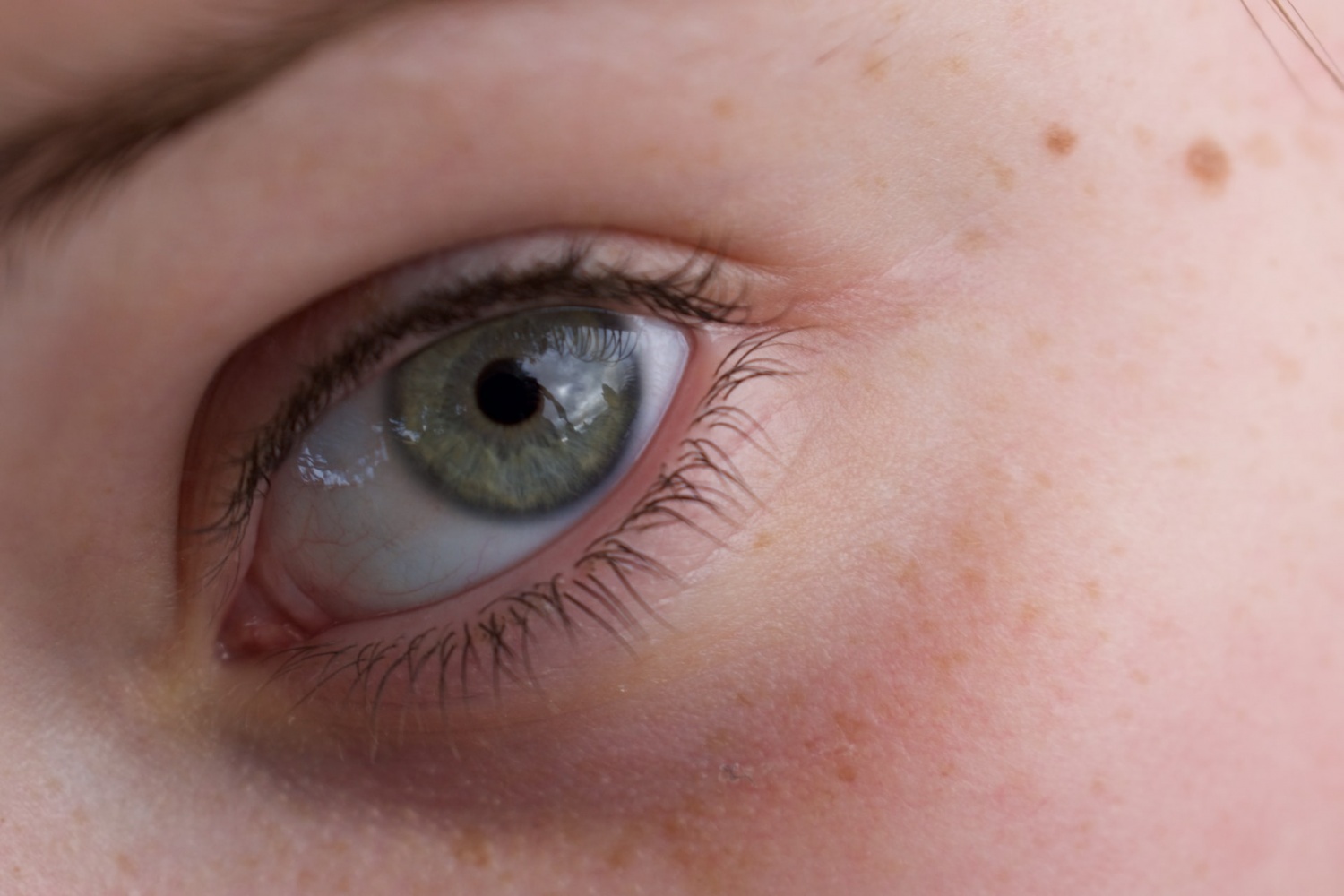
Have you ever had small white bumps on your face that your usual acne-fighting staples don't get rid of? That's because they're not acne or whiteheads. Those are milia, a build-up of keratin beneath the skin. They are not related to acne and board-certified dermatologist Dr. Rachel Maiman tells Hello Giggles that they're harmless and, provided that you leave them alone, are not prone to infection or inflammation. According to another board-certified dermatologist, Dr. Robert Finney, milia cysts are commonly found around the cheeks, nose, and eyes but can be found anywhere else on the body. Dr. Shari Marchbein adds that milia can happen to anyone, even babies, but those who are constantly exposed to the sun are more prone to it.
Types of Milia
There are two types of milia - primary and secondary. Board-certified dermatologist Dr. Dendy Englemaninforms Byrdie that primary milia is the most common and occurs in both babies and adults. It is caused by dead skin cells that don't get expelled properly and end up trapped underneath the surface of the skin and form those tiny cysts. Secondary milia occurs when sweat ducts are clogged. Cosmetic acupuncturist Dr. John Tagaris tells Harper's Bazaar that this happens when the skin experiences trauma or infection from chemical peels, laser treatments, or conditions such as herpes. Lifestyle factors that can also contribute to secondary milia are smoking, poor personal hygiene, lack of sleep, long-term use of steroids, and using oil-based skincare products.
Also read: Glycolic Acid: The AHA Superstar
Dr. Marchbein tells Allure that milia can just pop up for no reason but notes that when you commonly suffer from dandruff or rosacea, they tend to appear as well. While milia usually go away on their own, she shares that they are no permanent ways of preventing milia from forming. However, if you're bothered by their appearance, they are ways to get rid of them when they show up.
How to Get Rid of Milia
While they're harmless, they can be an eyesore especially when you want clear skin, and who doesn't? Just like acne, you can combat milia with retinoids, alpha hydroxy acids (lactic or glycolic acid), and chemical peels. Dr. Marchbein also suggests that if they tend to pop up often, look for skincare products and makeup that are non-comedogenic (does not clog pores) and oil-free. She also advises including a retinol cream in your arsenal. For cleansing, Allure recommends non-comedogenic cleansers like Cetaphil Daily Facial Cleanser and CeraVe Hydrating Cleanser. For your retinol needs, Allure's top picks are Paula's Choice Clinical 1% Retinol Treatment and ROC Retinol Correxion Max Wrinkle Resurfacing System. For those with very sensitive skin, try retinol alternative bakuchiol. If you want a faster way to get rid of them, you can visit a dermatologist for milia extraction.
How to Keep Milia Under Control
Prevention is better than cure. As dermatologists often stress, make sure to use sunscreen every day. Prevention's top picks are Neutrogena Ultra Sheer Dry-Touch Sunscreen SPF 70, EltaMD UV Clear Broad-Spectrum SPF 46 Facial Sunscreen and Aveeno Protect + Hydrate Lotion Sunscreen With SPF 70.
In addition, since the common type of milia is caused by trapped dead skin cells, dermatologists suggest adding an exfoliating treatment to your skin care routine once or twice a week, depending on how sensitive your skin is. Allure recommends SkinCeuticals Glycolic 10 Renew Overnight, Kate Somerville ExfoliKate Intensive Exfoliating Treatment, or Drunk Elephant T.L.C. Sukari Babyfacial.
Related article: Exfoliate Your Way Into Glowing Winter Skin